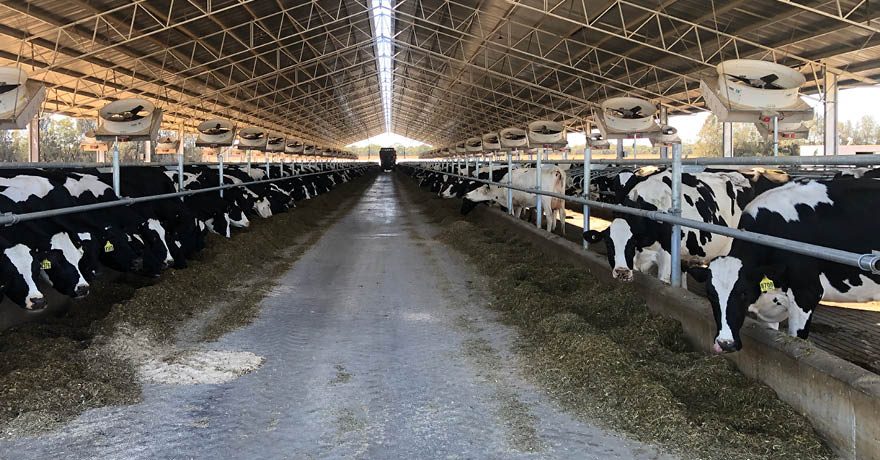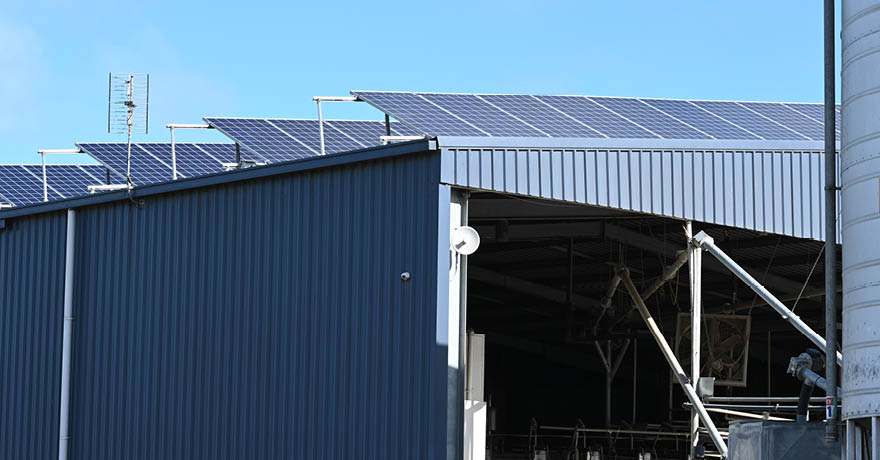Greenhouse Gas Emissions
Dairy Australia supports dairy farmers looking to better manage their carbon footprint, through an improved understanding of how they generate greenhouse gas emissions and the development of effective strategies to reduce that impact.





